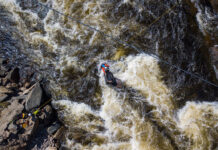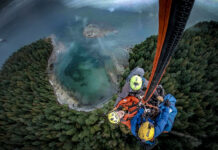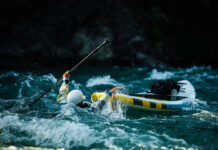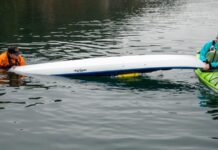Not all threats are equally dangerous. To put the risks in perspective, we look at your nine biggest backcountry fears. Find out which are valid, which are bogus, what should really be worrying you and how to prepare for all of them.
The real hazards and false fears of wilderness camping
1 Hypothermia
According to the U.S. National Safety Council, exposure is the number one killer outdoors. It’s caused when cold, wet or windy conditions cause body temperature to drop—below 95 degrees Fahrenheit is a medical emergency.
Statistically speaking, it’s unlikely to be a winter camping trip that endangers you—hypothermia preys on the unprepared. Many cases occur when the temperature is between 30 and 50 degrees. Florida, one of the warmest states, reports hundreds of cases of exposure each year because recreationalists aren’t prepared for cold weather.
Best defense: Remember the acronym C.O.L.D. Cover up, avoid Overexertion and activities that cause you to sweat, wear Layers and stay Dry.
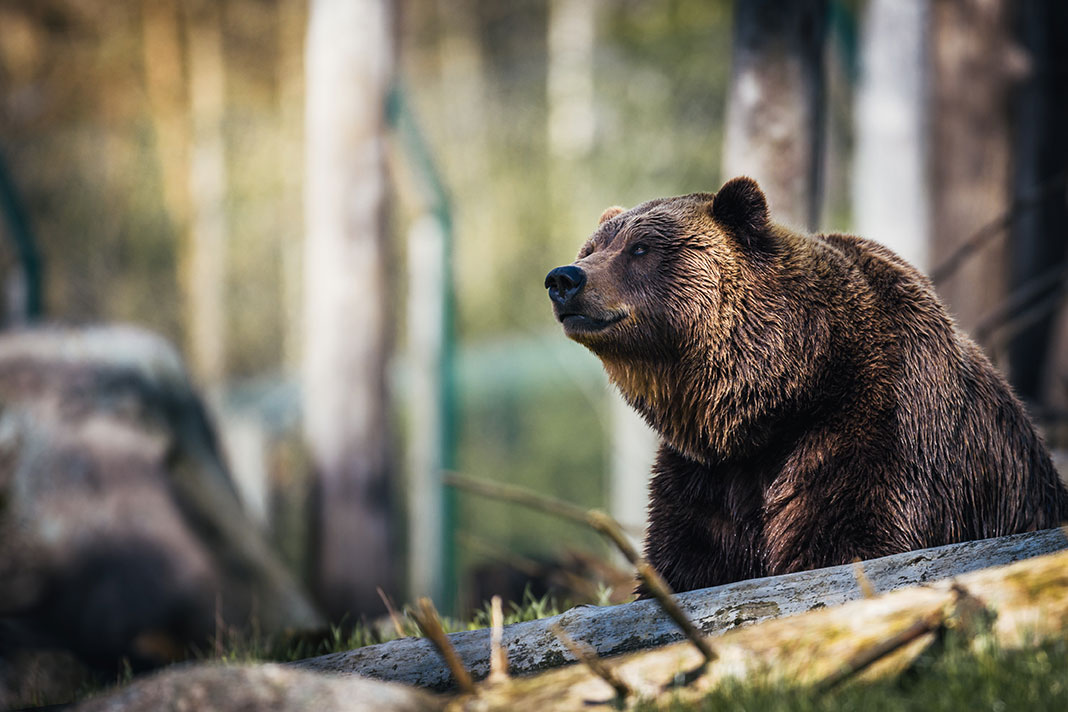
2 Wild animals
Cougars and grizzly bears have brawn, beauty and a certain terrifying mystique, but even combined, attacks on humans resulting in fatalities average just two per year in North America. Far more dangerous are the nearsighted deer wandering America’s interstates.
In the U.S., vehicle collisions with deer cause about 200 human deaths every year. Pennsylvania has the highest number, with an estimated 115,000 collisions in 2013. According to State Farm Insurance, West Virginia holds the dubious distinction of being the state where you’re actually most likely to hit a deer (a one in 39 chance over a 12-month period).
Best defense: Slow down. (Or drive a really, really big truck.)
3 Injury
Injuries resulting in death in the wilderness are uncommon. A three-year internal study by the National Outdoor Leadership School (NOLS), which was conducted over 441,885 program days, found that athletic injuries accounted for 50 percent of all injuries on trip, and soft-tissue injuries accounted for another 30 percent.
Athletic injuries were most often sprains and strains of knees (35 percent), ankles (30 percent) and backs (13 percent). Falls and slips were the most common reasons for injuries, resulting from games (such as touch tag), rock hops while stream crossing and lifting boats. There were no fatalities during the study period.
Best defense: Stay fit prior, and lay off the contact sports on trip.
4 Illness
As reported by NOLS in the same study, the most common illnesses affecting participants on trip are gastrointestinal upsets, such as nausea, vomiting and diarrhea. Recent research supported by Tulane University challenges the conventional wisdom that an upset tummy is the result of ill-treated water containing water-borne bacteria, giardia (cause of the infamous beaver fever).
Experts now think many gastro cases are caused by a far more disgusting culprit—what we call Poopy Hand Syndrome. PHS results from poor hygiene practices—fecal bacteria spread from hand to mouth—and it can rip through a group like wildfire.
Best defense: Use hand sanitizer prior to meals and wash hands religiously. And, don’t poop on your hands.
5 Dehydration
Paddlers rarely seem to worry about dehydration—water is everywhere, right? Dehydration can be an insidious crippler of good judgment, even before it becomes physically crippling. Combatting this common ailment sounds deceptively simple—just drink water.
The adage that recommends adults drink 64 ounces (eight glasses) daily might seem like overkill at home but won’t cut it on an active outdoors trip at any time of year.
Best defense: Juice crystals and electrolyte solutions can help up your intake and stave off water boredom.
6 Burns
Campfires and stoves look hazardous but are thankfully responsible for few trip-ending injuries. The greater danger may lie overhead. Skin cancer is the most common type of cancer with more than two million Americans diagnosed each year.
Children are especially vulnerable: The Skin Cancer Foundation predicts one blistering sunburn in childhood or adolescence more than doubles a person’s chances of developing melanoma later in life.
Best defense: The sun protection factor on sunscreen refers to UVB rays, which are primarily responsible for sunburns. Your sunscreen may not protect against UVA rays, which penetrate deeper into the skin. Choose a broad-spectrum sunscreen.
7 Drowning
According to the Red Cross, each year in Canada there are approximately 525 water-related fatalities. Of those, 166 are boating-related incidents. Alcohol is present or suspected in more than 50 percent of cases. The Red Cross estimates that wearing a life jacket would prevent 90 percent of those deaths.
Best defense: Wear a properly fitting PFD. Don’t drink and paddle. Invest in swim lessons for kids and water-wary adults.
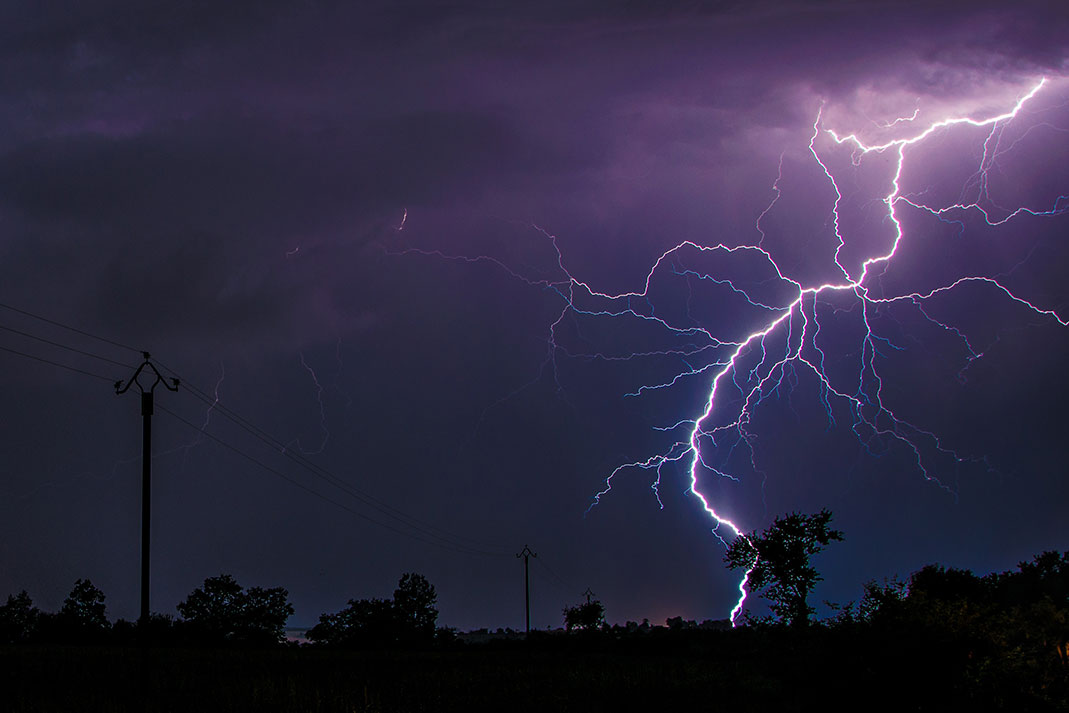
8 Storms
Each year, lightning kills approximately 33 people in the U.S. The National Oceanic and Atmospheric Administration estimates the odds of being killed by lightning in any given year are one in 1.9 million. Those are pretty slim odds. The greatest danger of any kind of severe weather lies in not recognizing the threat in time to react.
Best defense: Listen to the forecast and keep an eye on the sky. Be wary of cauliflower-esque clouds with rapid vertical growth; this often indicates a thunderstorm, wind and heavy rain are on the way. Get off the water and seek shelter.
9 Not going at all
The wilderness might seem intimidating sometimes, but face it—smog, Big Macs and a sedentary lifestyle pose bigger threats to your health than anything you’re likely to face in the woods. All three are linked to lifestyle risk factors for heart disease, the leading cause of death in North America, causing 611,105 deaths last year according to the Centers for Disease Control and Prevention.
America’s entire national park system, which saw 283 million visits in 2012, suffered just 143 fatalities that year (including car accidents, and front and backcountry deaths). Countless studies prove time in nature increases happiness and decreases stress hormones, blood pressure and heart rate. Children who engage in outdoor play have enhanced imaginations and attention spans, and do better in the classroom.
Best defense: Go camping. Repeat regularly.
Nothing to fear here. | Feature photo: iStock



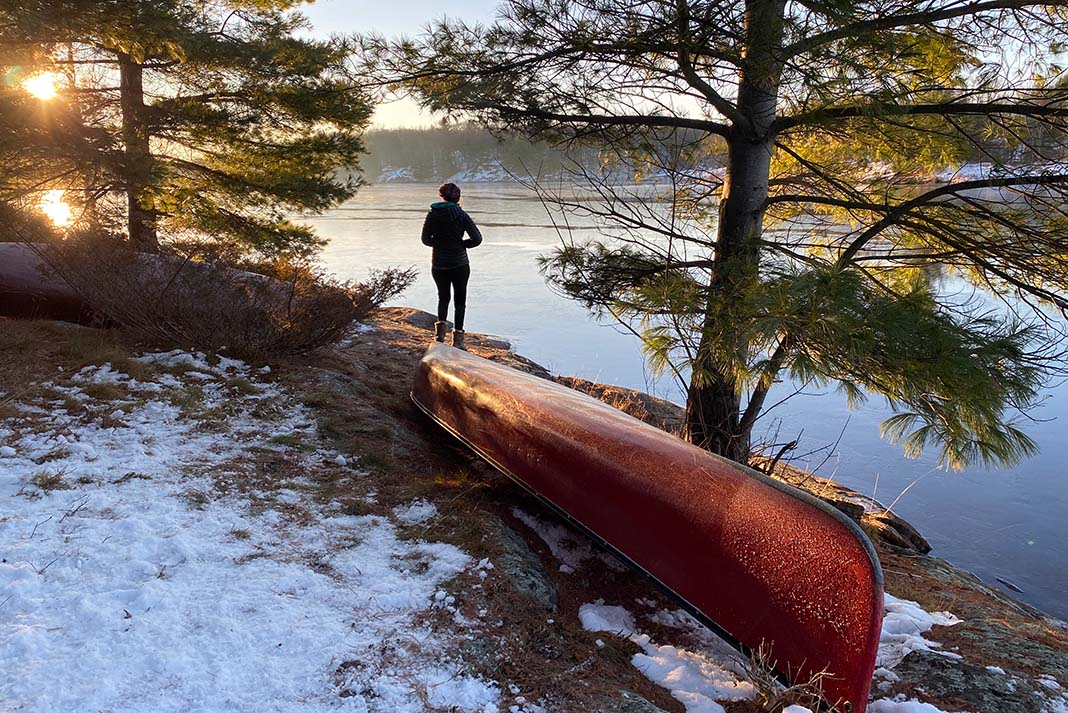
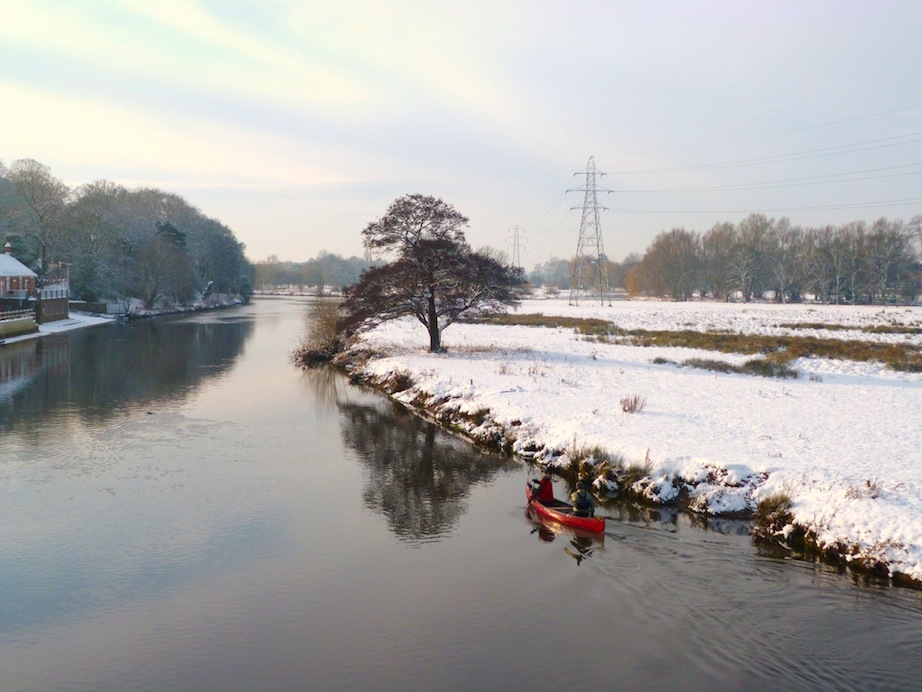

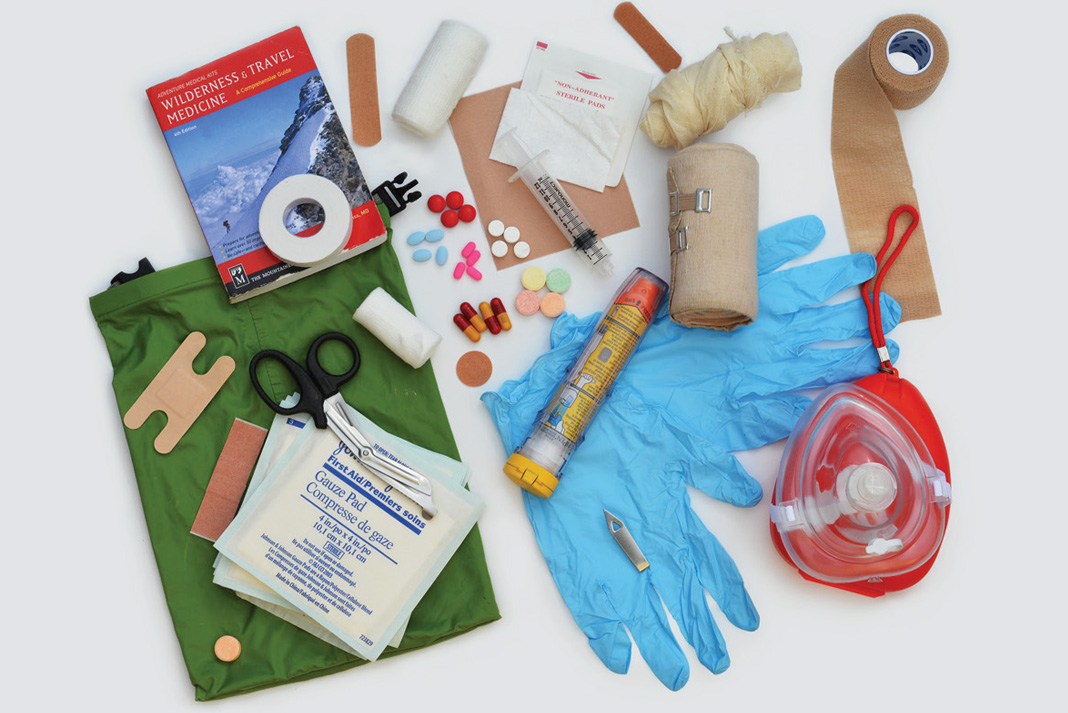
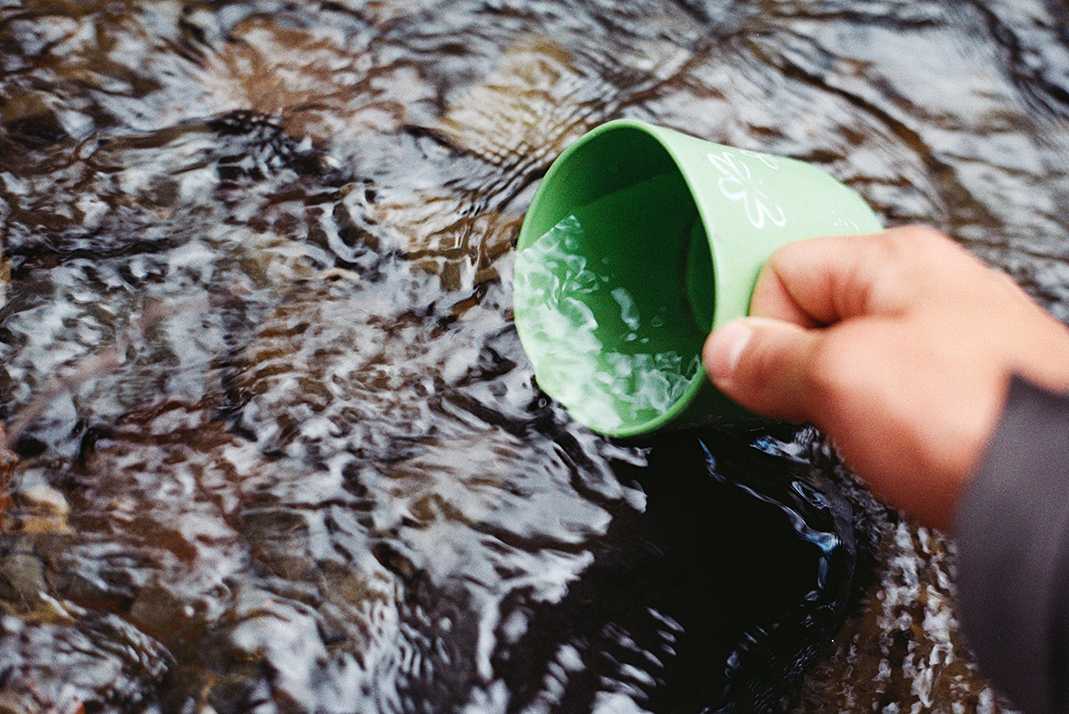

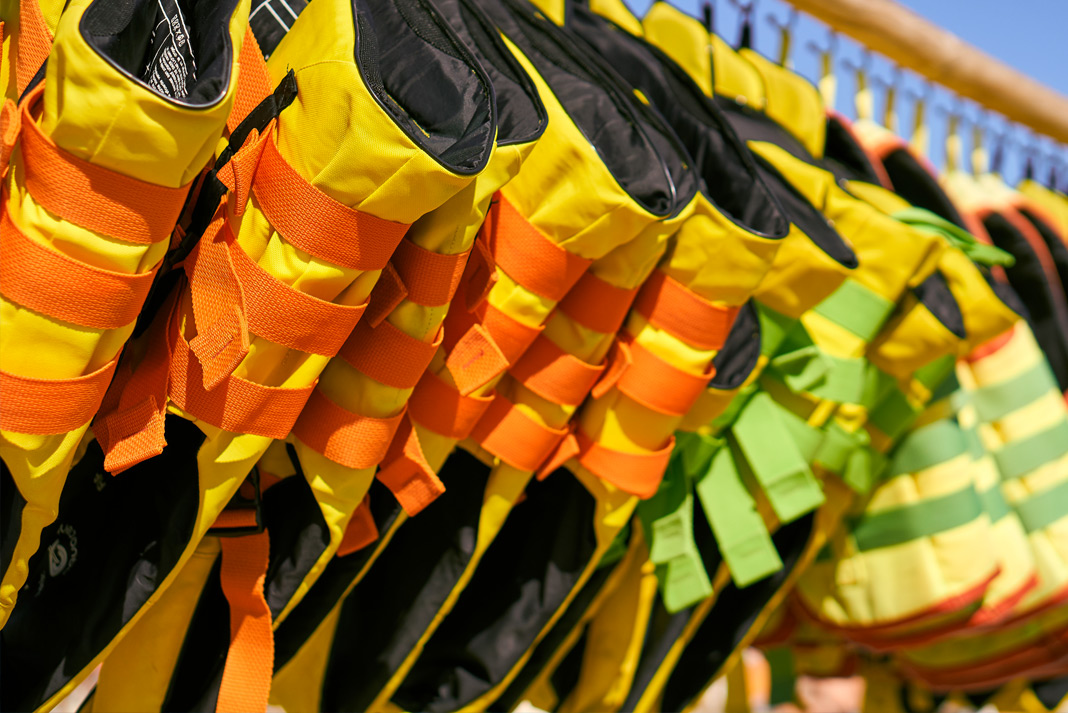
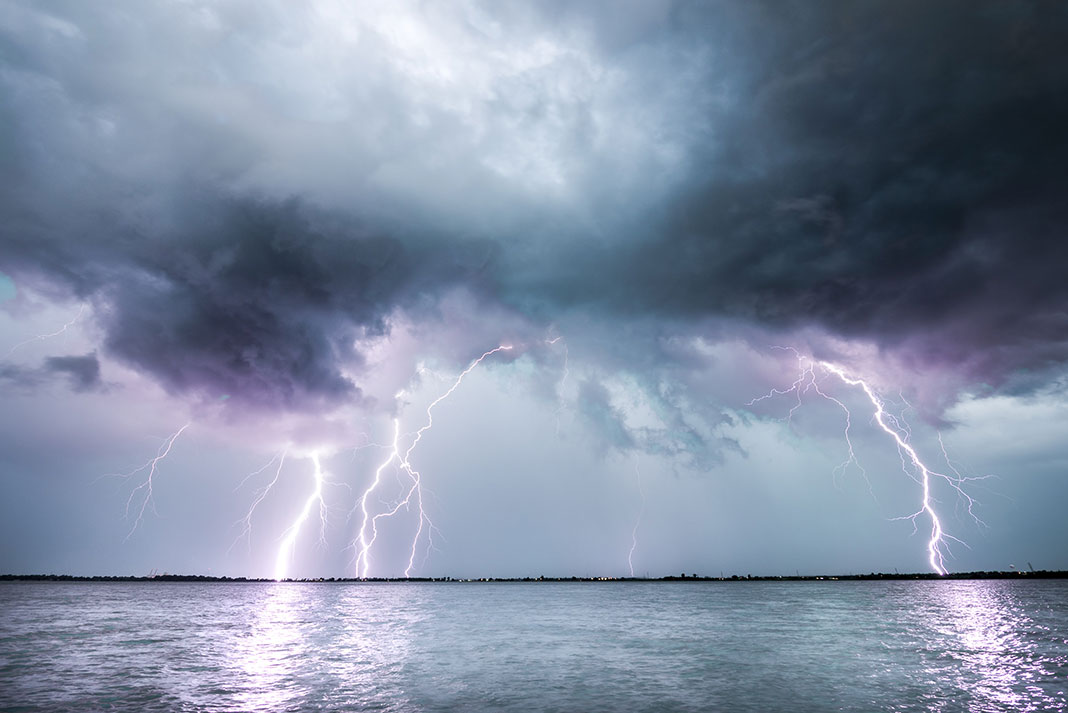
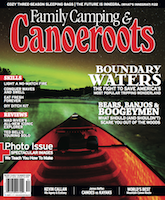 This article was first published in the Early Summer 2015 issue of Canoeroots Magazine.
This article was first published in the Early Summer 2015 issue of Canoeroots Magazine. 